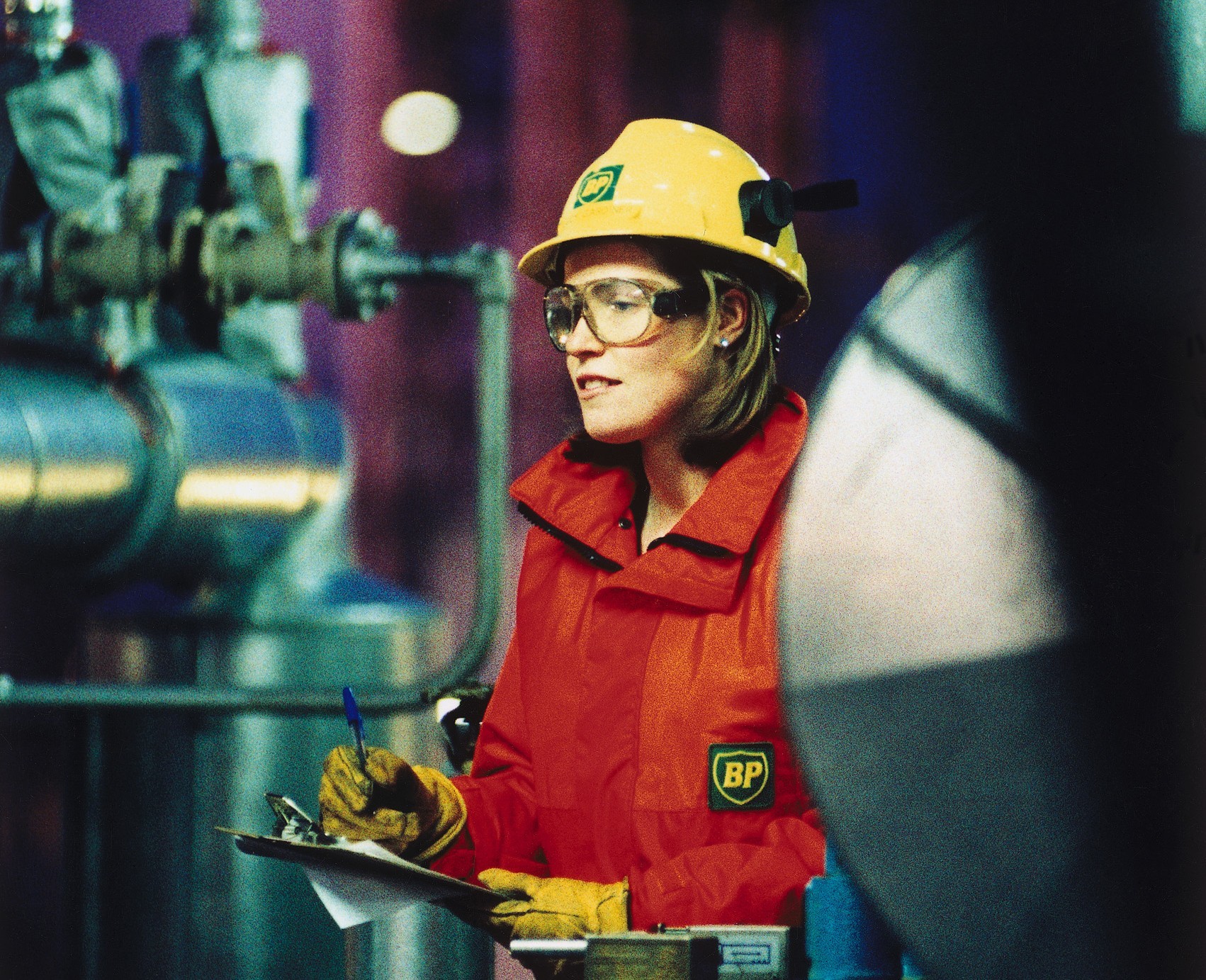Women make up virtually half the UK’s workforce yet their representation in the oil and gas industry – one of the country’s most valuable – does not reflect that.
The issue, which is a global one, is being addressed by many companies in the industry, but one organisation is setting out to deal with it from the grass roots by encouraging more people to become technicians and graduate engineers irrespective of their gender.
The Oil and Gas Academy of Scotland (OGAS) is aiming to conquer two ills affecting the industry.
Director Rulzion Rattray said: “Sitting together with the gender imbalance is the crippling skills shortage plaguing the industry and by addressing both issues head-on we can ensure a future where the right people fit the right jobs irrespective of gender.
“Our industry is crying out for bright, enthusiastic people. The gaps need to be plugged and at the moment it is largely men who are doing that. The reality is that oil and gas remains a fundamentally male-orientated industry but that surely has to change. A glut of talented women into the industry could yet prove to be its salvation.
“Energy demands are increasing and the International Energy Agency is predicting that the demand for energy will continue to grow by one-third by 2035. Oil and gas is a very attractive industry in terms of career paths and pay, it is only natural that talented women will be drawn to it. We hope that we can help facilitate this and do away with the outdated perception that it is an industry for the grizzled roustabout. It is not like that now and hasn’t in fact been for some time.”
The organisation, currently involved in a range of pilot programmes – a number involving encouraging a higher uptake of female oil workers – is addressing training and educational requirements in the oil and gas industry and is a collaboration of five training and education providers for the industry.
These are the University of Aberdeen, Forth Valley College, Heriot-Watt University, North East College Scotland and Robert Gordon University.
Established to support Scottish Government objectives for the Energy sector, OGAS brings together existing skills and expertise with partner institutions and training providers to facilitate innovative and effective oil and gas training and education, supporting the next generation of industry experts to keep Scotland at the forefront of the oil and gas sector.
Mr Rattray said: “Globally the evidence is pointing towards more women moving into the industry. In the US for example statistics show that women filled nearly one-third of the jobs added in the upstream oil and natural gas segment during the first quarter of 2013 and a recent report says that by 2030 the industry could add 185,000 more women to its ranks.
“In the UK we have traditionally followed America’s lead so that is heartening, but it is imperative that we get things moving now so we can get women (and men) up to speed as soon as possible.”
Among the range of opportunities which will exist for women over the next two decades are petroleum engineers, geologists, surveyors, managers, and other professionals as well as technicians and other office staff, he added.
“The careers also go into the oil and gas supply chain and as oil and gas gets technically more difficult to find and extract, the range and number of these opportunities are likely to grow. Scotland has and is further developing a world renowned expertise in the oil and gas service sector and the opportunities for career development are local as well as international.
“We have to help people in general, and women in particular, realise what’s available in oil and gas and how they can transfer their skills set into an arena that is waiting to welcome them with open arms. That is our challenge.”
